Eye Surgeons in Mexico Considered Top Choice for Global Patients
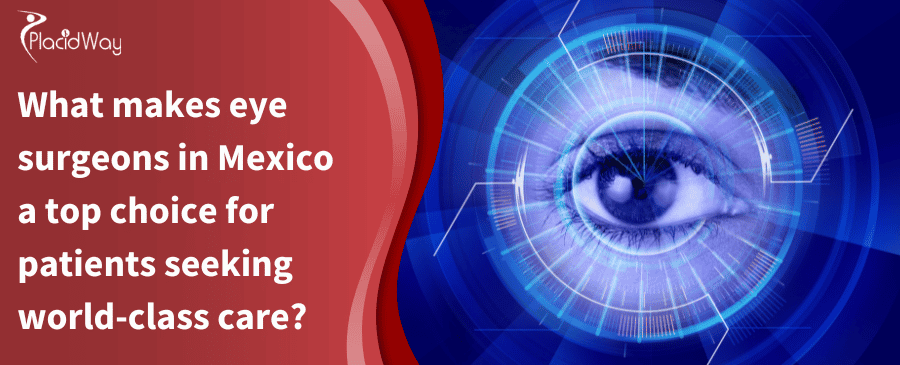
Mexico has emerged as a leading destination for medical tourism, especially for specialized procedures like eye surgery. Patients from around the globe, particularly from the United States and Canada, are increasingly choosing Mexico for their vision care needs. This trend is driven by a compelling combination of factors: highly skilled eye surgeons in Mexico, state-of-the-art facilities, innovative surgical techniques, and a significantly lower cost of treatment. Many Mexican ophthalmologists have received international training and are board-certified, ensuring a high standard of care that rivals top medical centers worldwide. Furthermore, clinics are often equipped with the latest FDA-approved technology, providing patients with access to advanced treatments like all-laser LASIK and premium intraocular lenses. The patient experience is often characterized by reduced wait times, personalized attention, and a supportive environment, making it an attractive option for those looking to improve their vision without compromising on quality or breaking the bank.
What makes eye surgeons in Mexico a top choice for patients?
Mexican eye surgeons are gaining a strong reputation for several reasons. Firstly, many ophthalmologists in Mexico undergo rigorous training, often including fellowships and certifications from prestigious institutions in the United States, Europe, and other leading medical nations. This ensures they are well-versed in the latest surgical techniques and medical advancements. Secondly, they often have extensive experience, performing thousands of procedures annually due to the high volume of both local and international patients. This practical experience translates into refined skills and better patient outcomes. Thirdly, Mexican eye clinics invest heavily in modern technology, utilizing equipment comparable to the best facilities globally. This includes advanced lasers for refractive surgeries like LASIK and sophisticated diagnostic tools. Finally, the ability to offer world-class care at a fraction of the cost found in countries like the U.S. makes Mexico an undeniable top choice for many patients seeking high-quality, affordable eye care.
Are Mexican eye surgeons board-certified and internationally recognized?
A significant number of leading eye surgeons in Mexico are certified by the Mexican Council of Ophthalmology (Consejo Mexicano de Oftalmología), which is the primary body ensuring the competency and ethical practice of ophthalmologists in the country. Beyond national certification, many also pursue and achieve international recognition. This often includes memberships in esteemed organizations such as the American Academy of Ophthalmology (AAO), the International Society of Refractive Surgery, and others. These affiliations demonstrate their commitment to adhering to global standards of practice, continuous learning, and participation in international medical communities. Such credentials provide a strong assurance of their expertise and professionalism to international patients.
What is the cost comparison of eye surgery in Mexico versus the United States or Canada?
One of the most compelling reasons for patients to choose Mexico for eye surgery is the substantial cost savings.
For example:
- LASIK Eye Surgery: In Mexico, LASIK can range from $1,250 to $2,500 per eye. In contrast, the same procedure in the U.S. can cost anywhere from $2,500 to $4,500 per eye, and often even more, depending on the clinic and technology used. This represents a potential saving of up to 60%.
- Cataract Surgery: The average cost for cataract surgery in Mexico is typically between $1,200 and $2,000 per eye. In the U.S., this procedure can cost from $3,500 to $7,000 per eye.
These lower costs are attributed to several factors:
- Lower operational expenses for clinics.
- Reduced malpractice insurance rates.
- More affordable living costs and wages in Mexico.
- Government regulations on medical equipment and supplies.
Despite the lower price, the quality of care and the technology used are generally on par with leading facilities in higher-cost countries. This affordability makes essential and elective eye surgeries more accessible to a wider range of patients.
What advanced technologies are available in Mexican eye clinics?
Many top eye clinics in Mexico are equipped with the latest and most advanced technology, often identical to what is found in leading eye centers in the U.S. and Europe. This commitment to modern equipment ensures that patients receive the most effective and safest treatments available. Key technologies commonly found include:
- Femtosecond Lasers: Used for all-laser LASIK procedures, creating highly precise corneal flaps for enhanced safety and accuracy.
- Excimer Lasers (e.g., WaveLight EX500): Employed in LASIK and PRK to reshape the cornea with extreme precision, correcting refractive errors.
- Phacoemulsification Systems (e.g., Alcon Centurion): Advanced machines used for cataract surgery, enabling the emulsification and removal of cloudy lenses through tiny incisions, leading to faster recovery times.
- Optical Coherence Tomography (OCT): High-resolution imaging technology for detailed scans of the retina and optic nerve, crucial for diagnosing and monitoring conditions like glaucoma and macular degeneration.
- Wavefront-Guided Technology: Customizes laser vision correction based on the unique imperfections of each patient's eye, leading to superior visual outcomes.
- Premium Intraocular Lenses (IOLs): A wide range of multifocal, toric, and light-adjustable lenses are available, offering solutions for presbyopia and astigmatism correction during cataract surgery.
These technologies, combined with the expertise of eye surgeons in Mexico, ensure high success rates and excellent visual results for patients.
What is the typical patient experience like for international patients in Mexico?
The patient experience for international visitors seeking eye surgery in Mexico is generally very positive. Clinics catering to medical tourists understand the specific needs of these patients and often go above and beyond to ensure a smooth and comfortable journey. Key aspects of the patient experience include:
- Bilingual Staff: Many clinics employ English-speaking doctors, nurses, and administrative staff, eliminating language barriers and ensuring clear communication throughout the process.
- Reduced Wait Times: Unlike in some countries where specialist appointments or non-emergency surgeries can involve long waits, patients in Mexico can often schedule their consultations and procedures much more quickly.
- Personalized Care: Mexican healthcare providers are known for their warm hospitality and patient-centered approach. Doctors often take ample time to explain procedures, answer questions, and address concerns, fostering a sense of trust and comfort.
- Modern Facilities: Clinics are typically designed with patient comfort in mind, featuring clean, spacious waiting areas and private recovery rooms.
- Comprehensive Packages: Many clinics offer all-inclusive packages that cover the initial consultation, pre-operative tests, the surgical procedure, medications, and post-operative follow-up visits. Some even assist with accommodation and transportation.
The overall experience is often described as professional, efficient, and supportive, making the medical journey less stressful for patients traveling from abroad.
Are there specific cities in Mexico known for excellent eye care?
Several cities across Mexico have established themselves as prominent hubs for medical tourism, particularly in the field of ophthalmology. These locations boast a concentration of highly reputable clinics and experienced eye surgeons. Prominent cities for eye care in Mexico include:
- Tijuana: Located very close to the U.S. border, Tijuana is a highly convenient option for American patients. It hosts world-class facilities like CODET Vision Institute and Retina Center Tijuana, known for their advanced technology and experienced surgeons like Dr. Arturo Chayet.
- Cancun: Popular for its combination of medical care and vacation, Cancun offers modern hospitals and clinics catering to international patients, such as Hospiten International Hospital Group.
- Mexico City: As the capital, Mexico City has a robust healthcare infrastructure with numerous large hospitals and specialized eye clinics, including the Instituto Mexicano de Oftalmología (IMO).
- Guadalajara: This city is home to institutions like Santa Lucía Eye Clinic, which has a long-standing reputation for quality ophthalmological services and academic involvement.
- Monterrey: Another significant medical hub with well-regarded eye care facilities and specialists.
These cities offer a blend of cutting-edge medical technology, skilled professionals, and established medical tourism infrastructure, providing patients with diverse options for their eye surgery needs.
What eye conditions and procedures do Mexican ophthalmologists treat?
Eye surgeons in Mexico are equipped to diagnose and treat a comprehensive array of eye conditions and perform a wide variety of ophthalmic procedures. Their expertise covers both common vision problems and complex eye diseases. Common conditions treated include:
- Refractive Errors: Nearsightedness (myopia), farsightedness (hyperopia), and astigmatism.
- Cataracts: Clouding of the eye's natural lens, which can be treated with surgical removal and IOL implantation.
- Glaucoma: A group of diseases that damage the optic nerve, often due to high eye pressure. Treatment can involve medication, laser procedures, or surgery.
- Macular Degeneration: A condition that causes blurred central vision, often treated with injections or laser therapy.
- Diabetic Retinopathy: Damage to the blood vessels in the retina caused by diabetes, managed with laser treatment or injections.
- Corneal Diseases: Including keratoconus and other corneal irregularities.
- Eye Infections and Injuries: Prompt diagnosis and treatment for various ocular infections and traumas.
- Oculoplastic Conditions: Addressing issues with eyelids, tear ducts, and the orbit.
Popular procedures offered by eye surgeons in Mexico include:
- LASIK and PRK: Laser vision correction to correct refractive errors.
- Cataract Surgery: Phacoemulsification with various types of intraocular lens (IOL) implants.
- Corneal Transplantation: Replacing damaged cornea with healthy donor tissue.
- Glaucoma Surgery: Procedures like trabeculectomy or shunt implantation to manage eye pressure.
- Retinal Surgery: For conditions like retinal detachment or diabetic retinopathy.
- Blepharoplasty: Eyelid surgery for cosmetic or functional purposes.
The breadth of services ensures that patients can find appropriate and effective treatment for almost any eye-related concern.
How can patients ensure the safety and quality of eye surgery in Mexico?
Ensuring the safety and quality of eye surgery in Mexico involves a few key steps for patients. While Mexico offers excellent medical care, due diligence is important to select the best providers. Here's how to ensure safety and quality:
- Check for Accreditations: Look for clinics and hospitals that hold international accreditations, such as those from the Joint Commission International (JCI). While not all excellent facilities may have JCI accreditation due to cost, it is a strong indicator of adherence to global safety and quality standards.
- Verify Surgeon Credentials: Confirm that the eye surgeon is board-certified by the Mexican Council of Ophthalmology. Also, inquire about their experience, including the number of procedures they have performed for your specific condition.
- Research Clinic Reputation: Read patient reviews and testimonials on reputable medical tourism platforms or independent review sites. Look for consistent positive feedback regarding outcomes, patient care, and facility cleanliness.
- Inquire About Technology: Confirm that the clinic uses modern, FDA-approved equipment for diagnosis and surgery. Advanced technology is crucial for precise and safe procedures.
- Ask About Post-Operative Care: Understand the post-operative care plan, including follow-up appointments and accessibility for any concerns that may arise after returning home.
- Seek Comprehensive Consultations: Engage in thorough consultations, ideally remotely before traveling, to discuss the treatment plan, risks, benefits, and expected outcomes.
By taking these precautions, patients can significantly enhance their chances of a safe and successful eye surgery in Mexico.
What are the recovery times and post-operative care for eye procedures in Mexico?
Recovery times and post-operative care instructions for eye procedures in Mexico are similar to those in other countries and depend largely on the type of surgery performed. Clinics prioritize patient education and support during the recovery phase.
Common recovery timelines include:
- LASIK Eye Surgery: Most patients experience significant vision improvement within 24 hours. Initial discomfort, such as dryness or a gritty sensation, usually subsides within a few days. Full vision stabilization can take a few weeks to several months. Patients are typically cleared to fly within 3 days and can return to light activities within a week.
- Cataract Surgery: Vision often begins to clear within a day or two after surgery. Complete healing and vision stabilization usually occur within a month. Patients are advised to avoid strenuous activities for a few weeks.
Post-operative care typically involves:
- Eye Drops: Prescribed antibiotic and anti-inflammatory eye drops to prevent infection and reduce swelling.
- Protective Eyewear: Wearing an eye shield or sunglasses, especially during sleep or outdoors, to protect the eyes from rubbing or irritation.
- Activity Restrictions: Avoiding activities that could strain the eyes or introduce infection, such as swimming, heavy lifting, and eye makeup, for a specified period.
- Follow-up Appointments: Scheduled check-ups with the eye surgeon in Mexico, typically within 24-48 hours post-surgery, and then at specific intervals (e.g., one week, one month).
Clinics often provide detailed written instructions and ensure patients have contact information for any urgent concerns, even after they return to their home country.
Are there language barriers when seeking eye care in Mexico?
For international patients, particularly those from English-speaking countries, concerns about language barriers are common. However, in the leading medical tourism destinations and specialized eye clinics in Mexico, these concerns are largely mitigated. Many eye surgeons in Mexico and their medical and administrative staff are fluent in English. This is a strategic effort by clinics to cater effectively to a global clientele. From initial inquiries and consultations to pre-operative instructions, the surgical procedure itself, and post-operative care, communication is typically clear and comprehensive. Some clinics even employ dedicated international patient coordinators who are proficient in multiple languages and can assist with all aspects of the patient's visit, including translation services, logistical arrangements, and cultural considerations. While it is always advisable to confirm language capabilities when selecting a clinic, it is generally not a significant barrier for patients seeking eye care in Mexico.
What are the qualifications and training of Mexican ophthalmologists?
The qualifications and training of Mexican ophthalmologists are rigorous and comparable to international standards. The path to becoming a certified eye surgeon in Mexico involves several years of intensive education and practical training:
- Medical School: This typically involves a 6-7 year program to obtain a Doctor of Medicine (MD) degree.
- Social Service: A mandatory year of social service in a rural or underserved area.
- Ophthalmology Residency: A 3-4 year specialized residency program focusing on eye diseases, surgery, and vision care. These programs are often highly competitive and provide comprehensive training in various ophthalmic subspecialties.
- Subspecialty Fellowships: Many eye surgeons choose to pursue additional 1-2 year fellowships in specific areas like corneal surgery, refractive surgery, retina, glaucoma, or oculoplastics, further enhancing their expertise.
- Board Certification: Upon completion of their training, ophthalmologists must pass a rigorous examination to become certified by the Mexican Council of Ophthalmology (Consejo Mexicano de Oftalmología). This certification must be renewed periodically through continuous medical education.
Furthermore, a significant number of leading Mexican ophthalmologists have pursued part of their training or advanced studies in the United States, Europe, or other medically advanced countries. This international exposure ensures they are up-to-date with global best practices and technological advancements in the field of eye care.
How do Mexican eye clinics handle pre-operative evaluations and follow-ups for international patients?
Mexican eye clinics are well-versed in managing the logistics for international patients, ensuring comprehensive care from initial evaluation through post-operative follow-up.
Pre-operative Evaluations:
- Remote Consultations: Many clinics offer virtual consultations via video calls. Patients can discuss their medical history, current eye condition, and desired outcomes with the eye surgeon in Mexico.
- Medical Records Review: Patients are often asked to send their existing medical records, including eye exam results, prescriptions, and any relevant diagnostic images, prior to their arrival.
- In-Person Diagnostics: Upon arrival in Mexico, a thorough in-person evaluation is conducted. This includes comprehensive eye exams, advanced diagnostic tests (e.g., corneal topography, OCT, visual field tests), and a detailed discussion of the customized treatment plan. This ensures the patient is a suitable candidate for the chosen procedure.
Post-operative Follow-ups:
- Immediate Post-Op Check: A crucial follow-up typically occurs within 24-48 hours after surgery to assess initial healing and vision.
- Short-Term Follow-ups: Depending on the procedure, additional follow-up appointments may be scheduled during the patient's stay in Mexico (e.g., at one week).
- Remote Support and Local Coordination: For long-term follow-up after returning home, clinics often provide:
- Telemedicine Support: Ongoing remote consultations via video or phone.
- Detailed Instructions: Clear guidelines on medication, eye care, and activity restrictions.
- Coordination with Local Doctors: Some clinics can help patients coordinate with their local ophthalmologist or optometrist for continued monitoring and care back home, sharing necessary medical records and treatment summaries.
This structured approach ensures continuous care and support for international patients undergoing eye surgery in Mexico.
Are there specific eye surgeons in Mexico known for their expertise?
Mexico is home to a number of highly skilled and reputable eye surgeons who have gained international recognition for their expertise and contributions to ophthalmology. These individuals often lead prominent clinics and have extensive experience with complex procedures. Some notable eye surgeons in Mexico include:
- Dr. Arturo Chayet: A world-renowned ophthalmologist based in Tijuana, Dr. Chayet is the founder of CODET Vision Institute. He is recognized for his pioneering work in refractive surgery, including the development of groundbreaking techniques like Bitoric LASIK and his contributions to All-Laser-LASIK. He has performed tens of thousands of procedures and is widely published.
- Dr. Luis Robles: Another highly respected ophthalmologist in Tijuana, specializing in refractive surgery, cataract surgery, and corneal transplantation. He is known for using advanced techniques and state-of-the-art equipment.
- Dr. Sergio Verjel: Based in Guadalajara, Dr. Verjel has over 20 years of experience, specializing in corneal and refractive surgery. He is known for his personalized approach and use of advanced technology like wavefront-guided LASIK.
- Dr. Aureliano Moreno: An ophthalmologist and retina specialist in Tijuana, with extensive experience in retina, cataract, and intraocular lens implant surgeries, known for his patient-centered approach and use of advanced surgical systems like Alcon Constellation and Centurion.
- Dr. Juan Carlos Altamirano Vallejo: A skilled ophthalmologist in Mexico City specializing in cataract surgery, corneal transplantation, and refractive surgery, utilizing cutting-edge technology.
These eye surgeons are often sought after by international patients due to their strong reputations, high success rates, and commitment to employing the latest advancements in eye care.
Are there any risks associated with getting eye surgery in Mexico?
As with any medical procedure, there are inherent risks associated with eye surgery, regardless of where it is performed. While eye surgery in Mexico is generally safe, especially in reputable clinics, patients should be aware of potential complications, which are similar to those in other countries. Potential risks include:
- Infection: Though rare (around 0.1-0.5% for LASIK), infection is a possibility after any surgical procedure. Top clinics adhere to strict sterilization protocols to minimize this risk.
- Dry Eyes: A common side effect, especially after LASIK, which can be managed with eye drops but may persist for some time.
- Halos, Glare, or Starbursts: These visual disturbances, particularly at night, can occur after refractive surgery, though they often improve over time.
- Under- or Over-correction: The vision correction may not be perfect, requiring enhancement surgery or continued use of glasses/contact lenses.
- Flap Complications (for LASIK): Issues with the corneal flap, such as displacement or irregular healing, can occur. Femtosecond lasers have significantly reduced the incidence of these complications.
- Anesthesia Risks: General risks associated with local anesthesia, though serious reactions are very rare.
- Implant Dislocation or Infection (for IOLs): In cataract or other implant surgeries, there's a small risk of the artificial lens moving or becoming infected.
The key to minimizing these risks when considering eye surgery in Mexico is to choose a reputable, internationally accredited clinic with highly experienced and board-certified eye surgeons who use advanced, FDA-approved technology. A thorough pre-operative evaluation is also crucial to identify any contraindications that might increase risks for an individual patient.


.png)

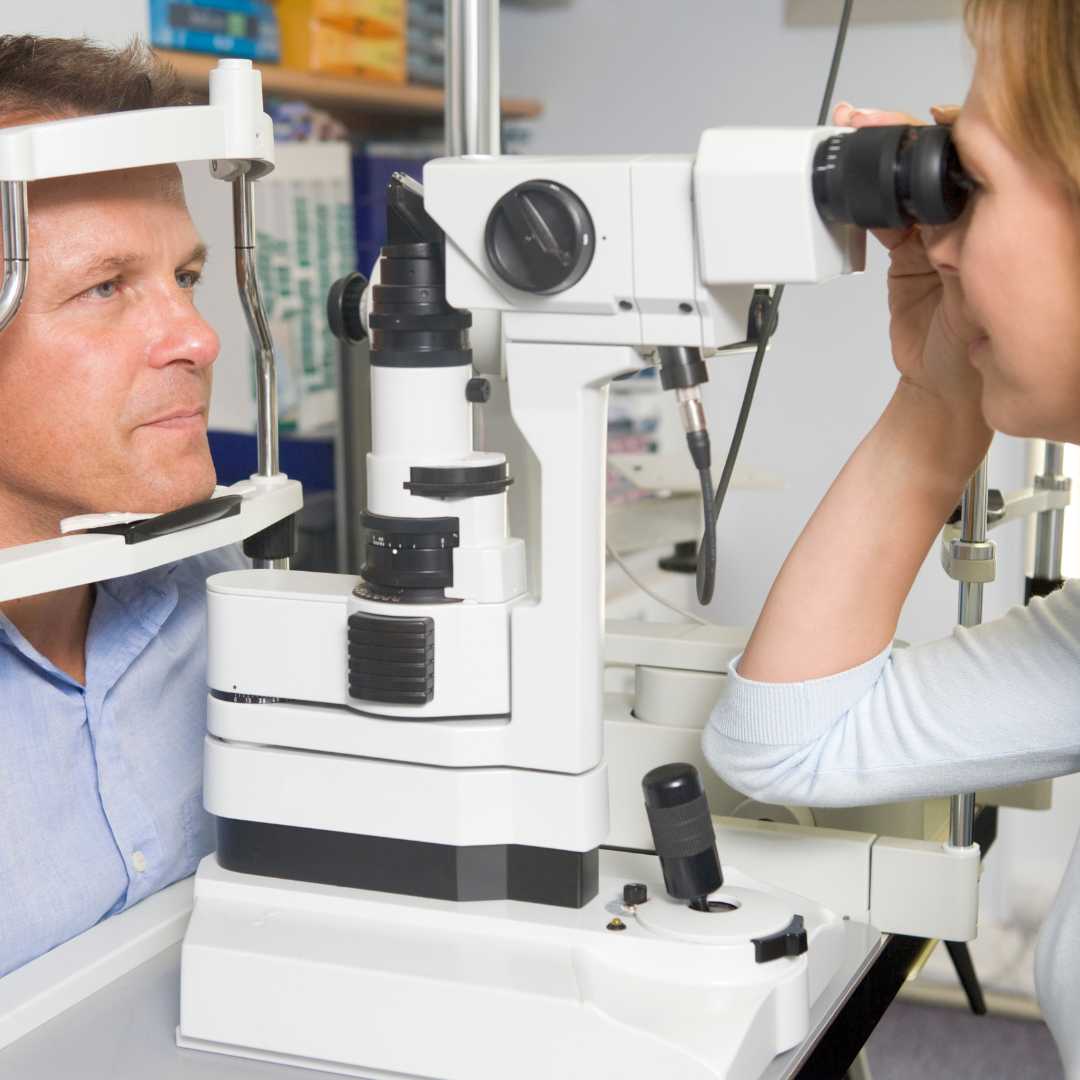


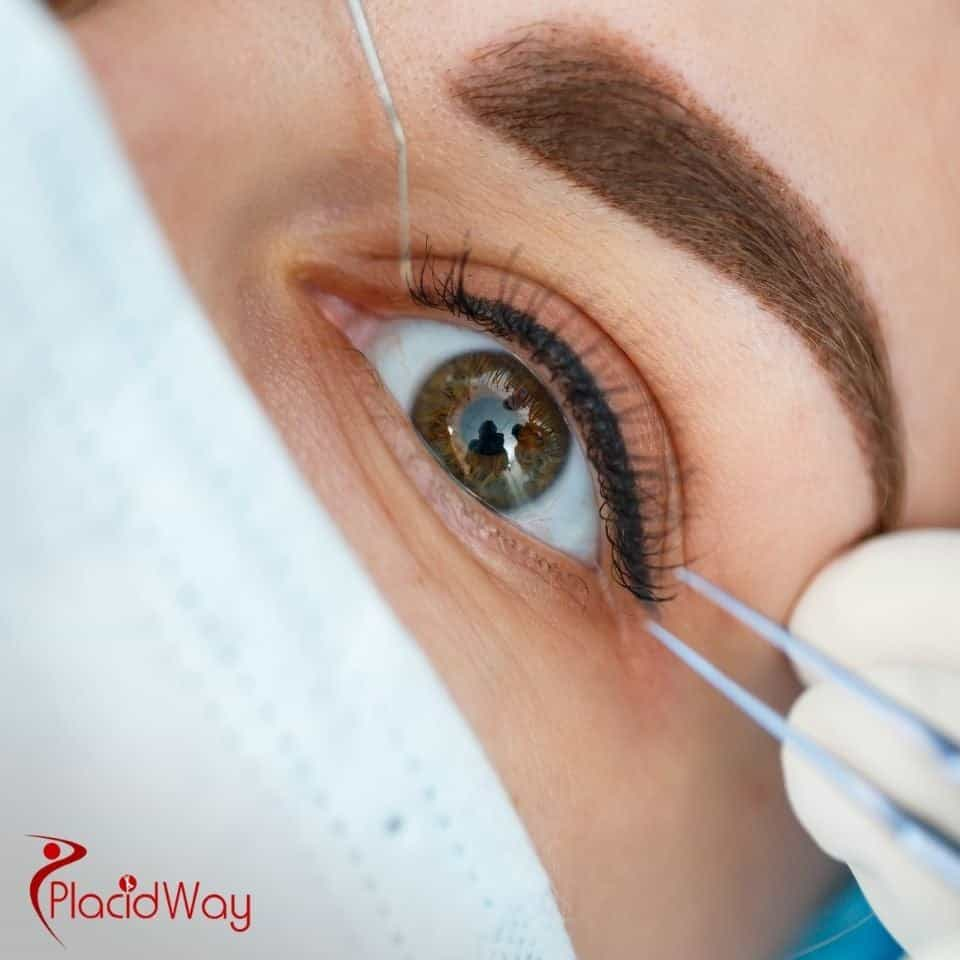
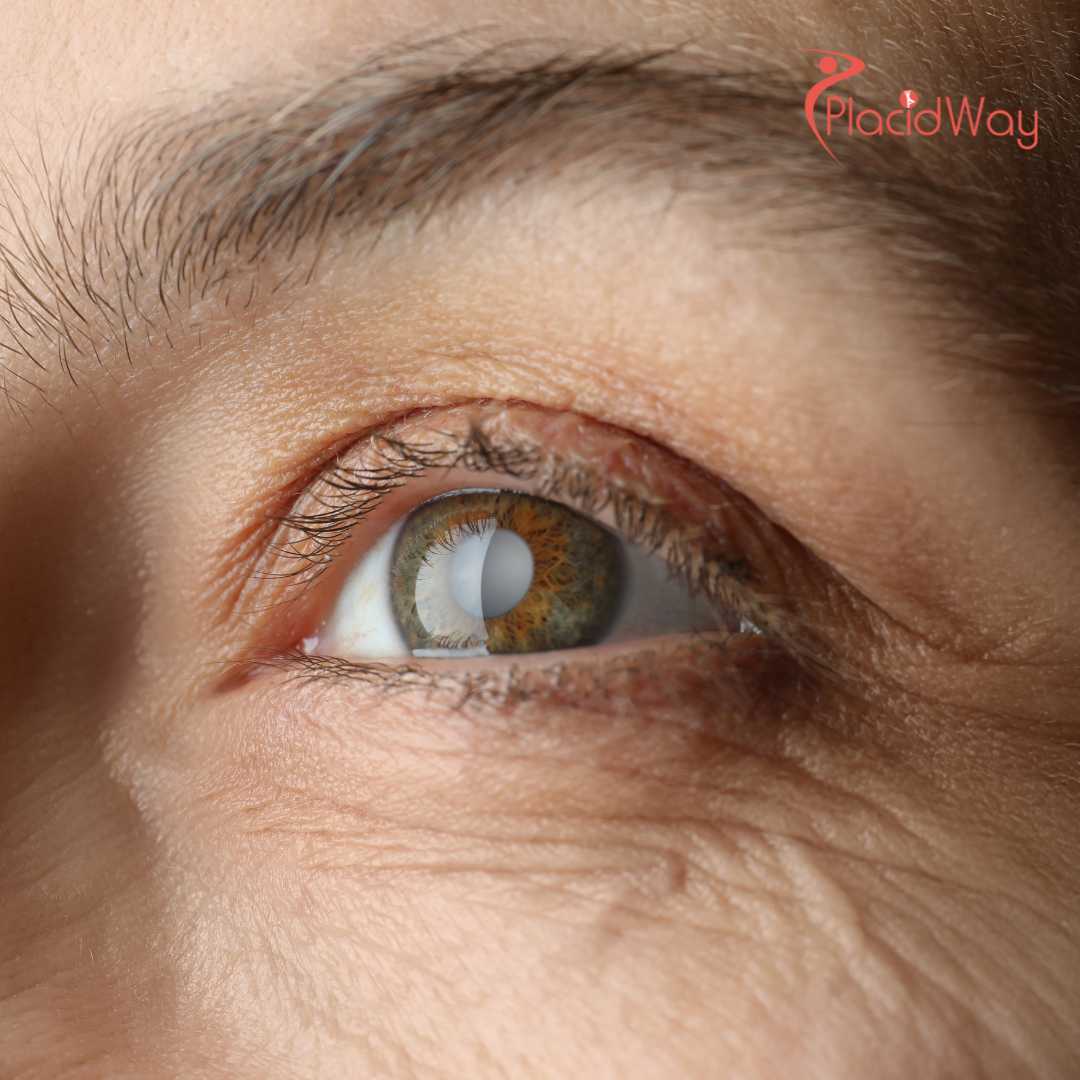
.png)

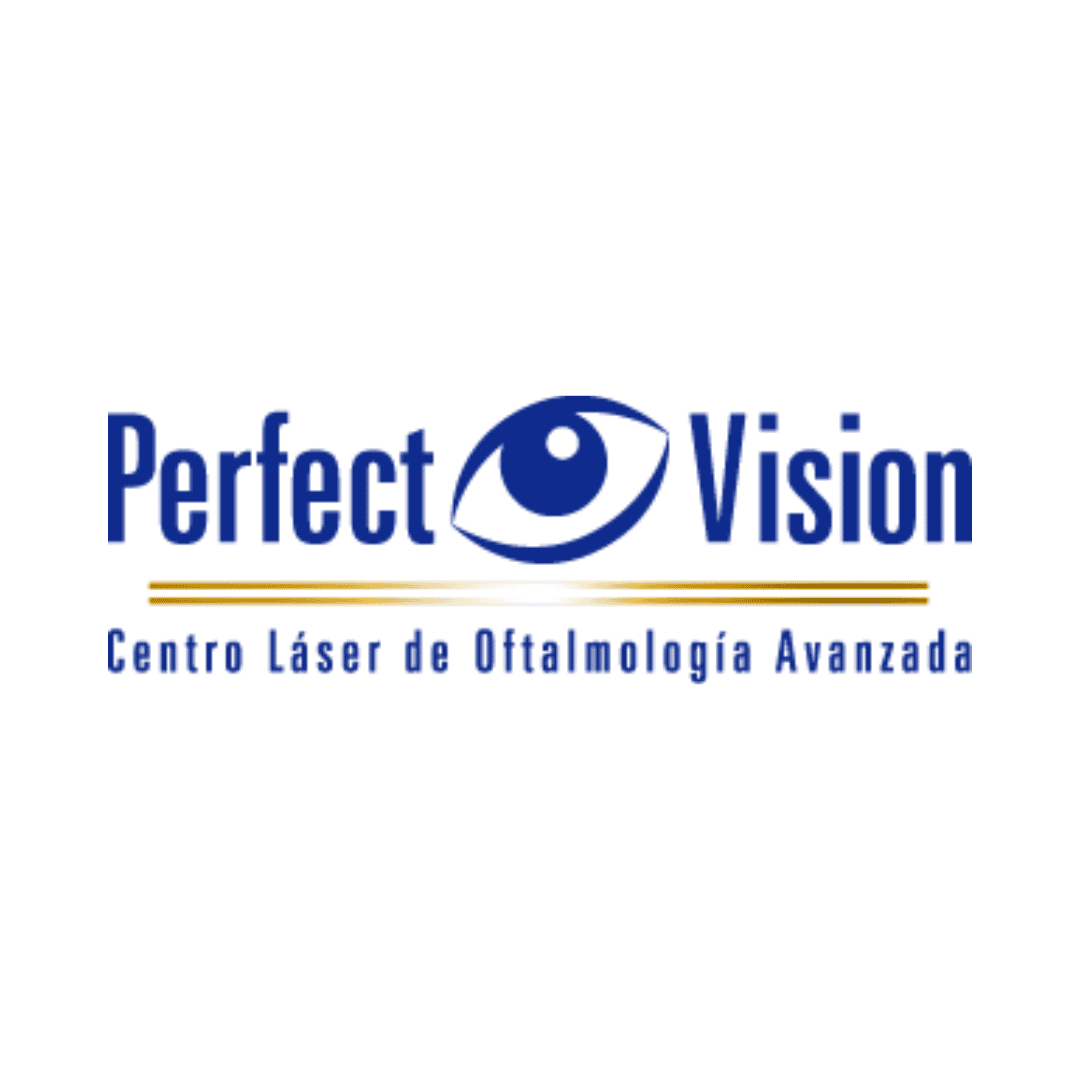

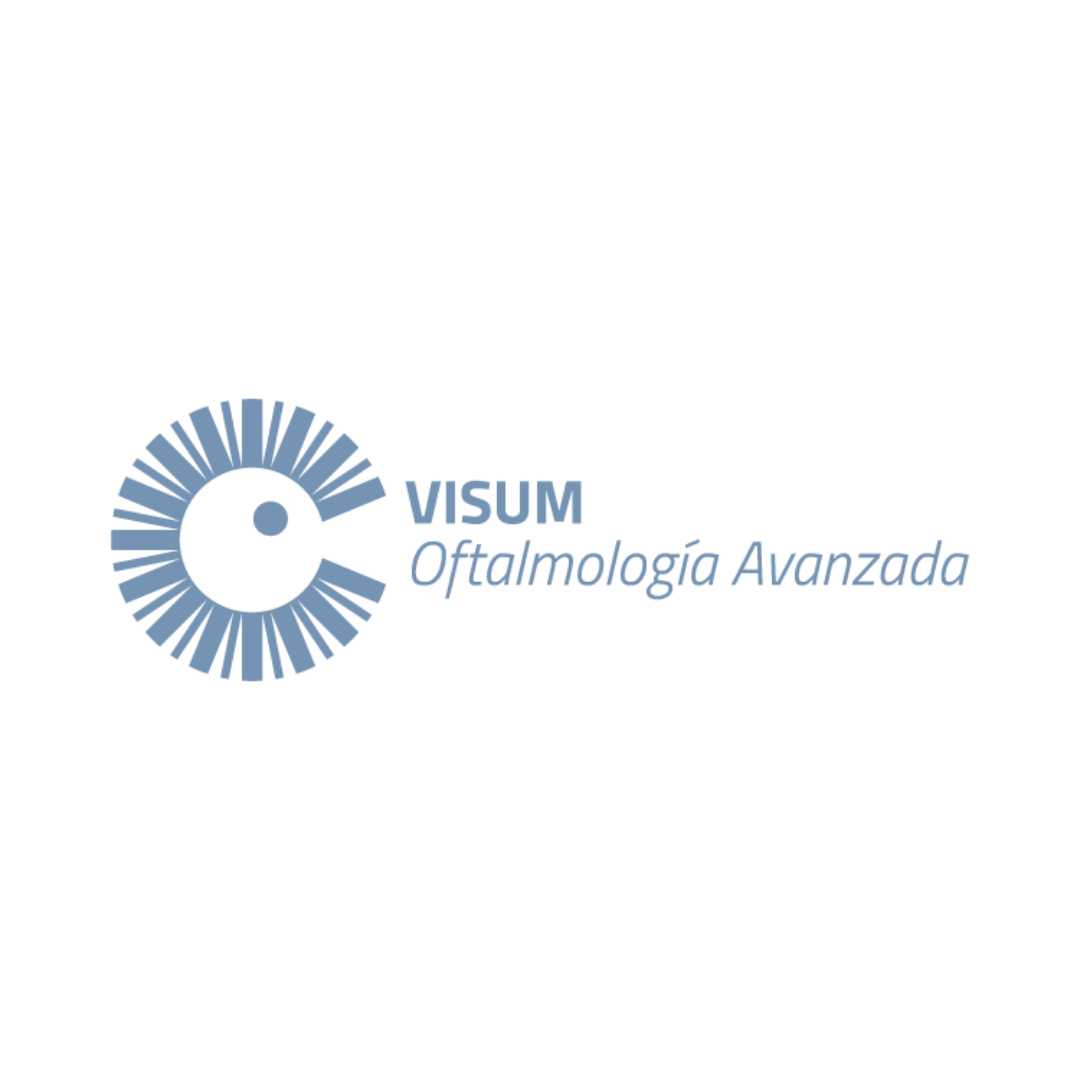

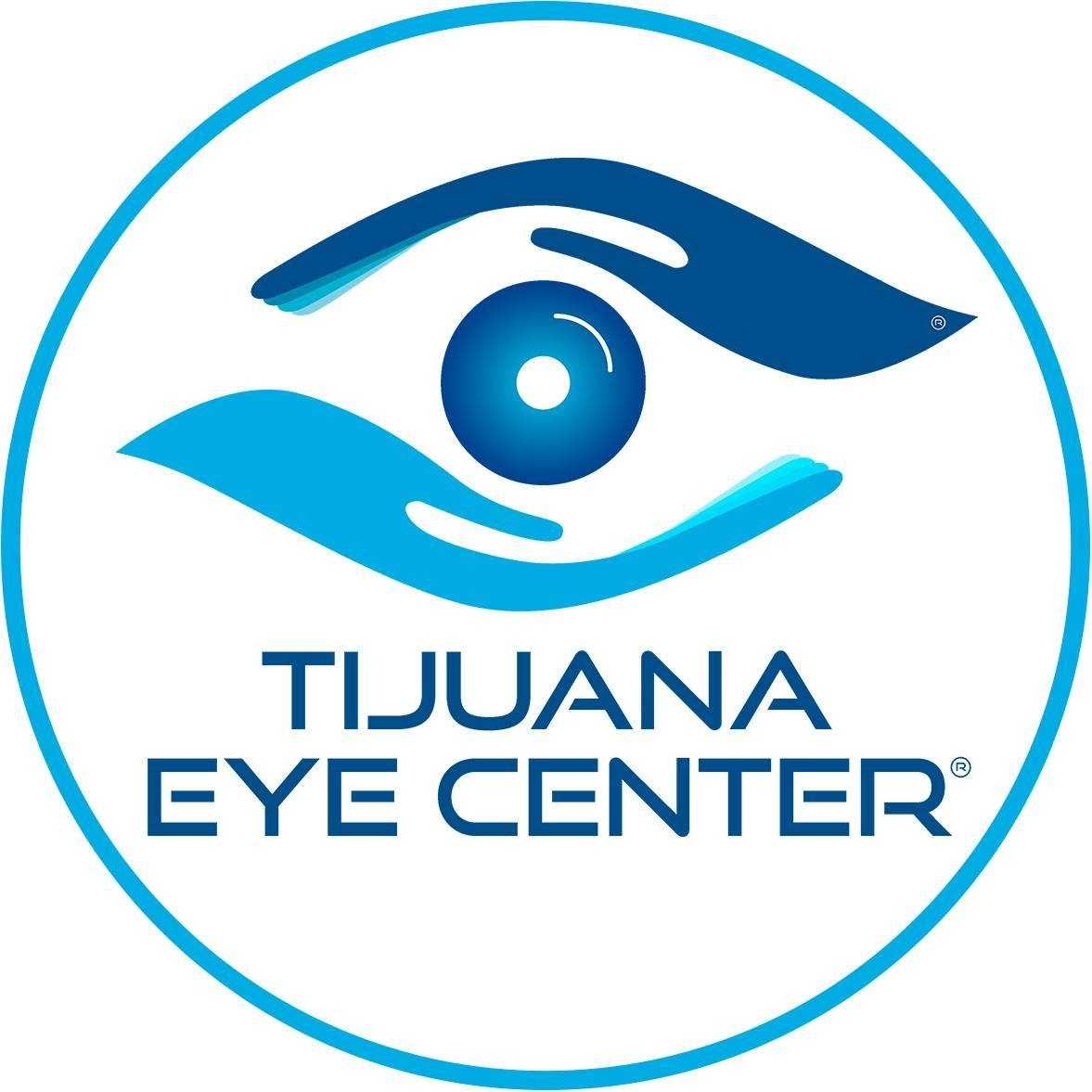

Share this listing